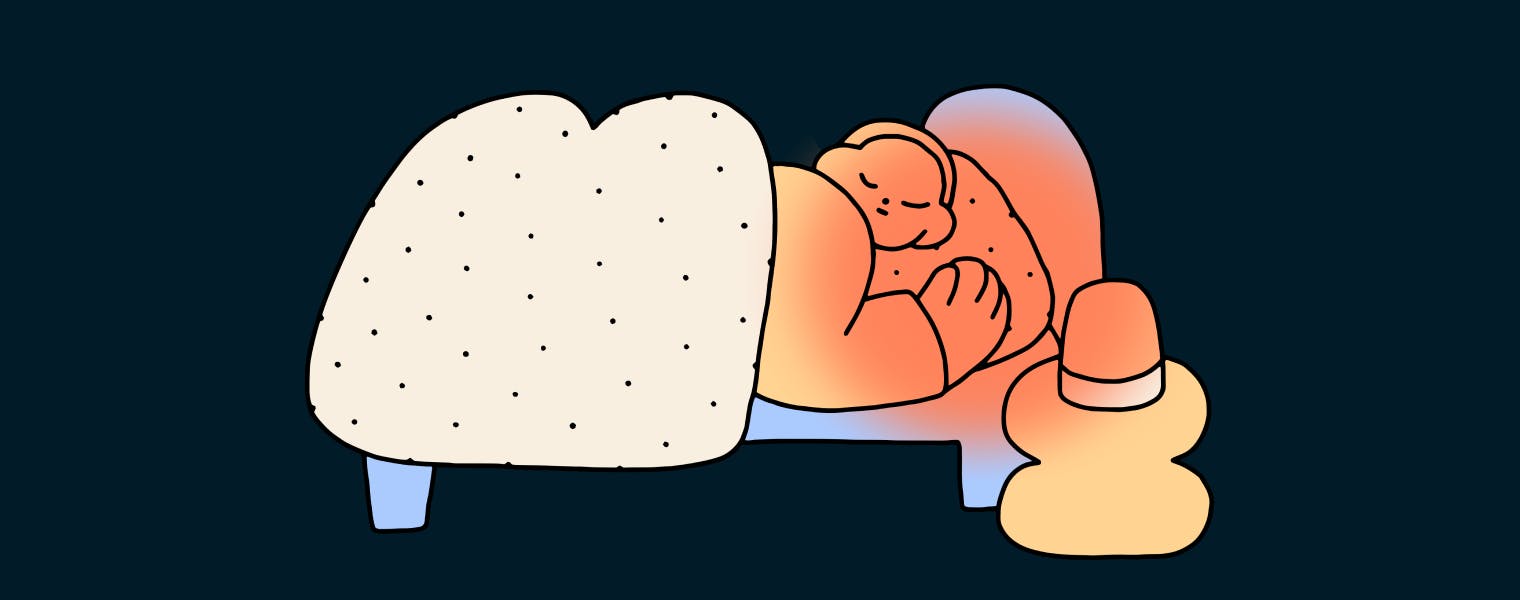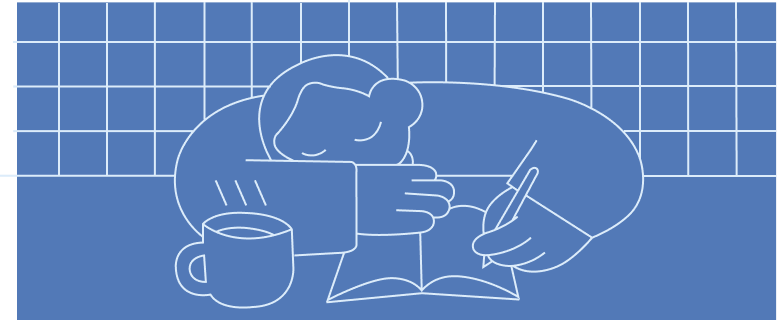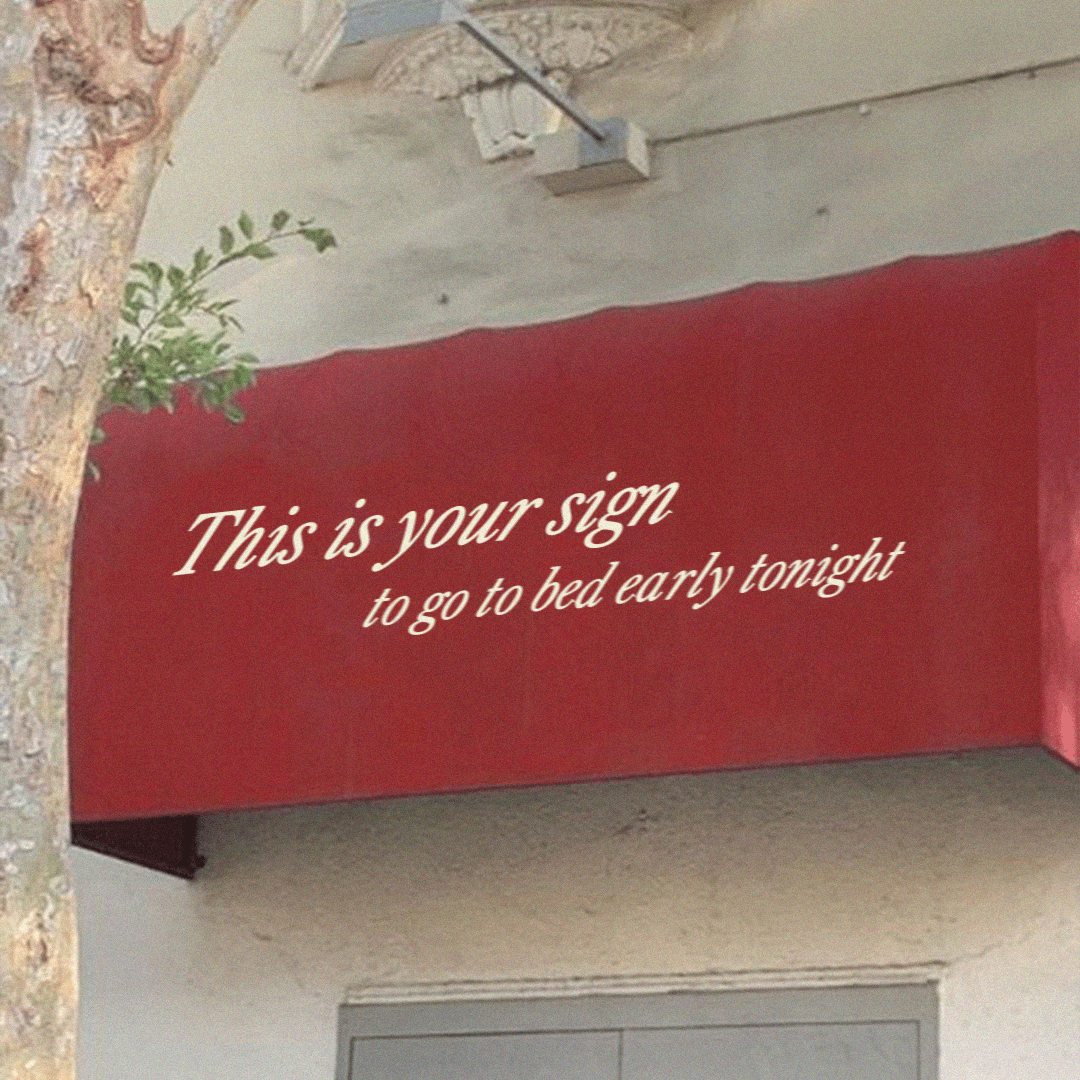What Are the Benefits of REM Sleep?

Sleep is a crucial factor that has a mega influence on our health and wellbeing. A good night’s sleep rejuvenates our brain and body. According to the Centers for Disease Control and Prevention (CDC), adults between the ages of 18 to 60 years require a minimum of 7 hours of uninterrupted, deep sleep everyday to function at their peak.
Poor sleep can lead to sleep disorders. Did you know that insufficient sleeping in adults has an economic impact too? It costs the USA $411 billion every year.
Dissecting Sleep: The Different Stages
Research shows in a typical 8 hours sleep routine, the human brain experiences fluctuating electrical activity in repeated REM AND Non REM cycles. Each such cycle lasts for about 90 to 110 minutes and is divided into four stages. Stage 1 and Stage 2 of our sleep REM usually involves light sleep while Stage 3 and Stage 4 involves deep sleep.
The four stages of sleep cycle are categorized into two phases. While Stage 1 to Stage 3 falls under Non-REM Sleep (NREM), Stage 4 always comprises Rapid Eye Movement (REM) sleep.
As the REM sleep cycles repeat, the duration of the Stage 4 REM sleep increases successively.
Before diving any deeper, let’s take a closer look at what REM and Non REM sleep is all about.

What is NREM Sleep?
Non-rapid Eye Movement (Non REM) Sleep comprises the first three stages of a standard sleep cycle. Also known as quiescent sleep, this is simply a phase when our body goes from wakefulness to sleep.
Stage 1
This stage lasts anywhere between 5 to 10 minutes. Our body slows down during this time, as does our eye movements, brain activity, heart rate, and muscle activity. However, our body is still awake and remains at normal body temperature. If we’re woken up at this phase, we might feel like we haven’t slept at all.
At this stage, the human brain produces slow theta waves at night. Theta waves originate from the frontal lobe of our brain.
Some people might experience a falling sensation in their dreams followed by a muscle contraction in this phase. This phenomenon is medically known as the hypnic myoclonic or a myoclonic jerk. Don't worry, it is perfectly normal to experience a light myoclonic jerk while dreaming.
Stage 2
At this light stage of sleep, our eye movements stop completely while sleeping and the body temperature plummets. Our slowing heart rate and breathing normalizes as we experience slow brain waves.
Non REM sleep lasts for approximately 20 minutes of sleep in general and contributes to 50% of the overall sleep time at night, per the American Sleep Foundation.
Some of us might experience a sudden burst of rapid brain waves known assleep spindles. Sleep spindles contribute to memory amalgamation. But on the whole, the body is all set to enter deep sleep at this Non REM sleep stage and we continue to dream.
Stage 3
The final stage of Non REM sleep cycles is deep sleep. When you sleep your brain produces very slow waves known as delta waves, any residual eye movement completely stops and it is very difficult to wake up from this stage of sleep. Non REM sleep Stage 3 is when our body experiences the deepest sleep it can.
Physical repairs get underway at this Non REM sleep stage. The brain works its way to consolidating even more memories when we dream that originate from learned experiences. Non REM sleep stages end with this stage of deep sleep .
Now let’s switch the focus over toRapid Eye Movement (REM) Sleep.
What is REM Sleep?
After a bout of deep sleep at night, our brain “wakes up” and brain activity increases. This comprises Stage 4 of the REM stages and is known as Rapid Eye Movement (REM).
At this REM sleep first stage, even though our body is immobilized, our brain remains awake. This gives rise to rapid eye movements. As the brain plunges into activity, our heartbeats and breathing become faster in this phase. We start dreaming at this stage. In fact, dreams are the strongest during REM sleep.
The first REM stage of sleep lasts for an estimated 10 minutes, but the duration keeps increasing as the sleep cycle repeats itself through the night. Interestingly enough, the amount of REM sleep we get is inversely proportional to our age. In other words, it decreases as we grow from infants to teenagers and adults.

Benefits of REM Sleep
Now that we’ve discussed the anatomy of our sleep cycle, let’s find out why REM sleep is important for our overall health and our immune system.
During REM sleep, the human brain processes emotional memories and vivid dreams. It also stores freshly collected and known knowledge. We sometimes experience these information hard drives in our dreams. Therefore, REM sleep may play a pivotal role in learning, recollection, and cognitive processing of neurons in your vivid dreams.
The last stage of the NREM sleep along with REM sleep is also responsible for repairing and regenerating the cells of the body and helps in treating various health disorders.
REM sleep is crucial for bone health and muscle growth irrespective of age. Quality Sleep is important to a number of brain functions, including how nerve cells (neurons) communicate with each other.
It also boosts your immune system by triggering hormone production which is beneficial in maintaining a good body temperature.
Sandland Sleep Can Help You Fall Asleep, and Stay Asleep
Sadland’s Stay Asleep Natural Sleep Supplement Pills derived from premium quality plant-based extract, melatonin, and natural peppermint can help you get sound and deep sleep every night. This vegan, non-GMO supplement guarantees 30 days of getting enough sleep for a minimum of 7 hours, irrespective of age.
Only one or two pills taken one hour before sleep can get you deep sleep and can also help in treating various sleep disorders.
Our customers have been able to track how their sleep has improved since using our product through the use of wearable technology like Oura Rings, Whoop bracelets and the Apple Watch Health Apps.
By keeping tabs on factors including the amount of time spent awake, achieved REM sleep, deep sleep, and light, they have determined significant improvements in their sleep cycle.
Check out the images below to get a better sense of how Sandland helps deliver a better night’s sleep:
According to sleep study research, our body requires only a specific amount of REM sleep every night. 90 minutes of REM sleep in a 7-8 hours sleep cycle is ideal for good health.
All four stages of sleep are essential to our well being. But, NREM Stage 3 and REM sleep, which together constitute deep sleep, are the two most important stages. REM sleep directly influences your cognitive abilities and memory retention. That’s why, lack of REM sleep can lead to long term memory loss and also happens to affect the functioning of neurons.
Not enough sleep or sleep deprivation can trigger many physical ailments. These include obesity, cardiovascular issues, blood sugar problems, poor immunity, sleeping disorders. Lack of sleep, sleep disorders or poor sleep can also cause drowsiness and mood swings.






